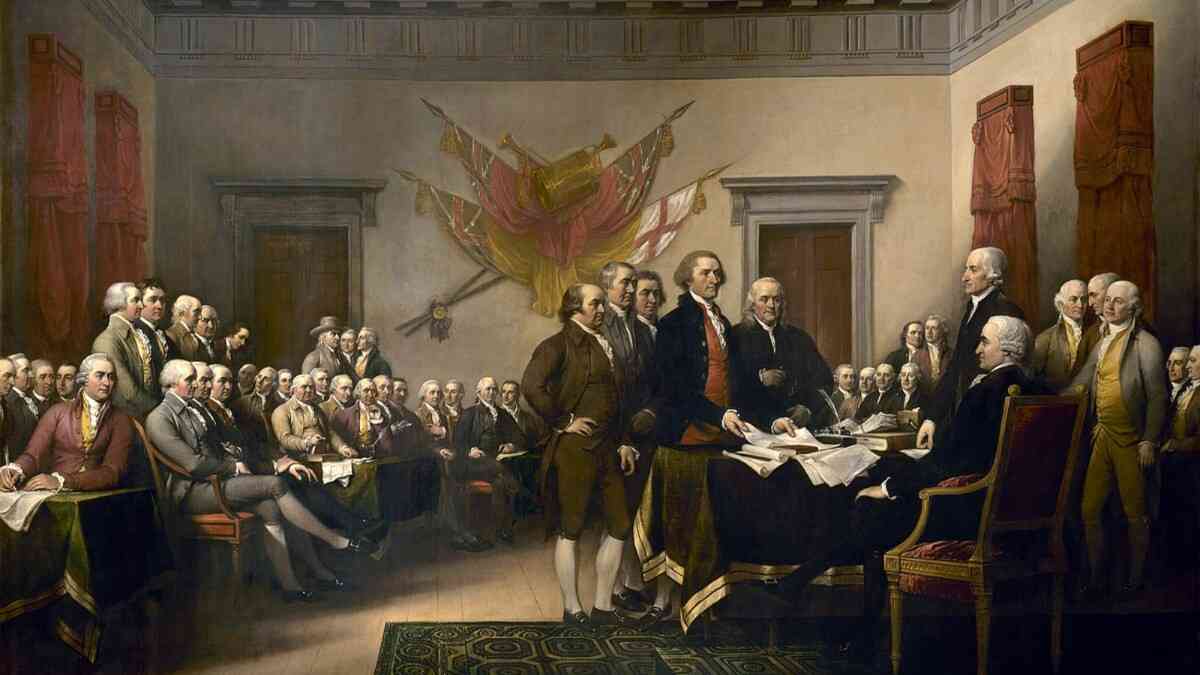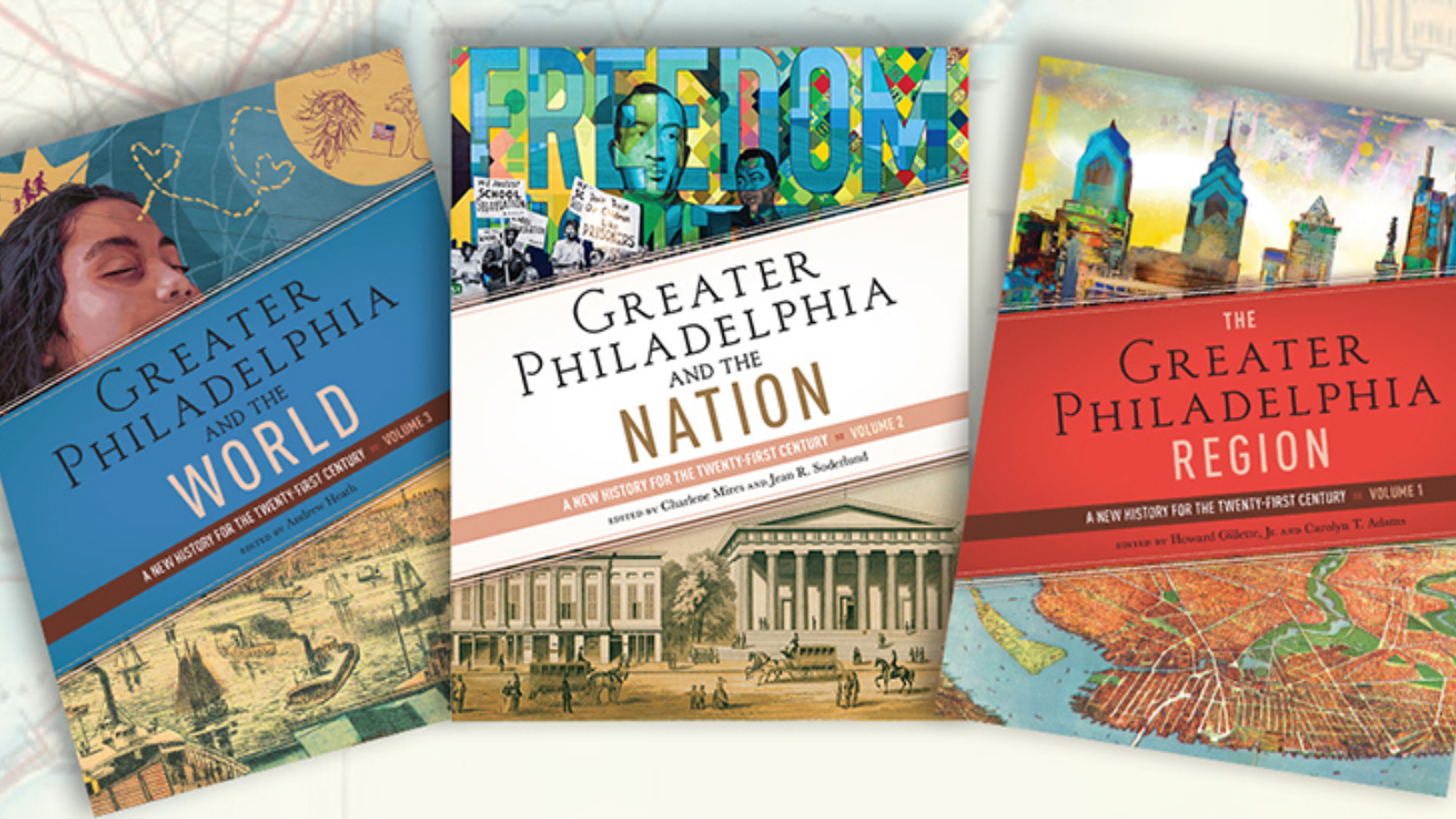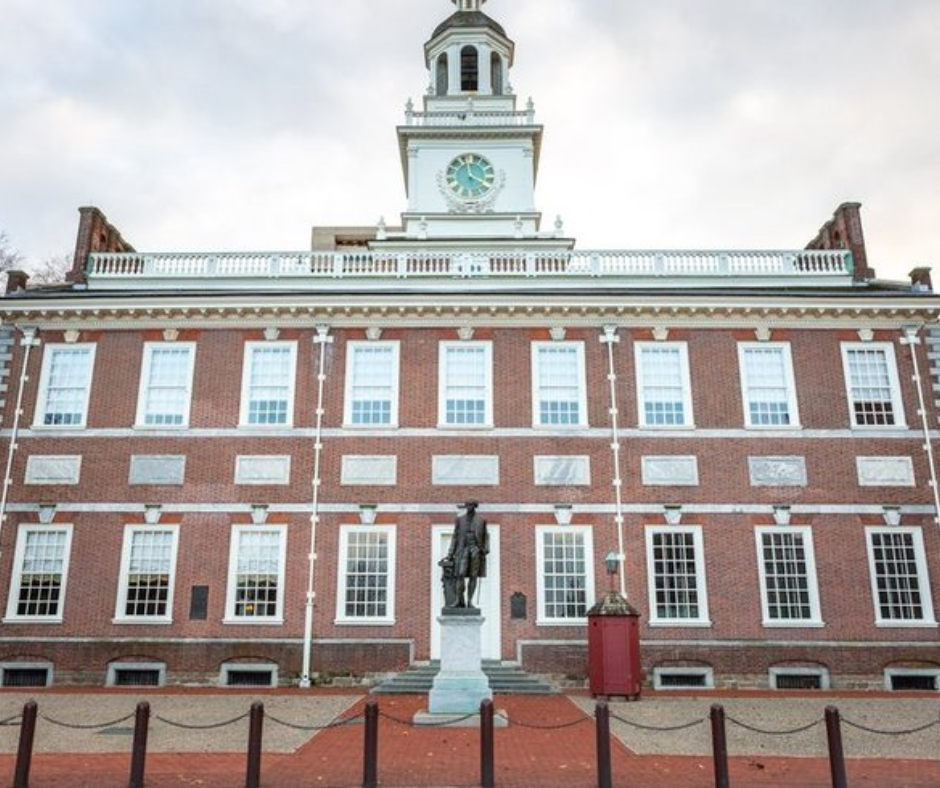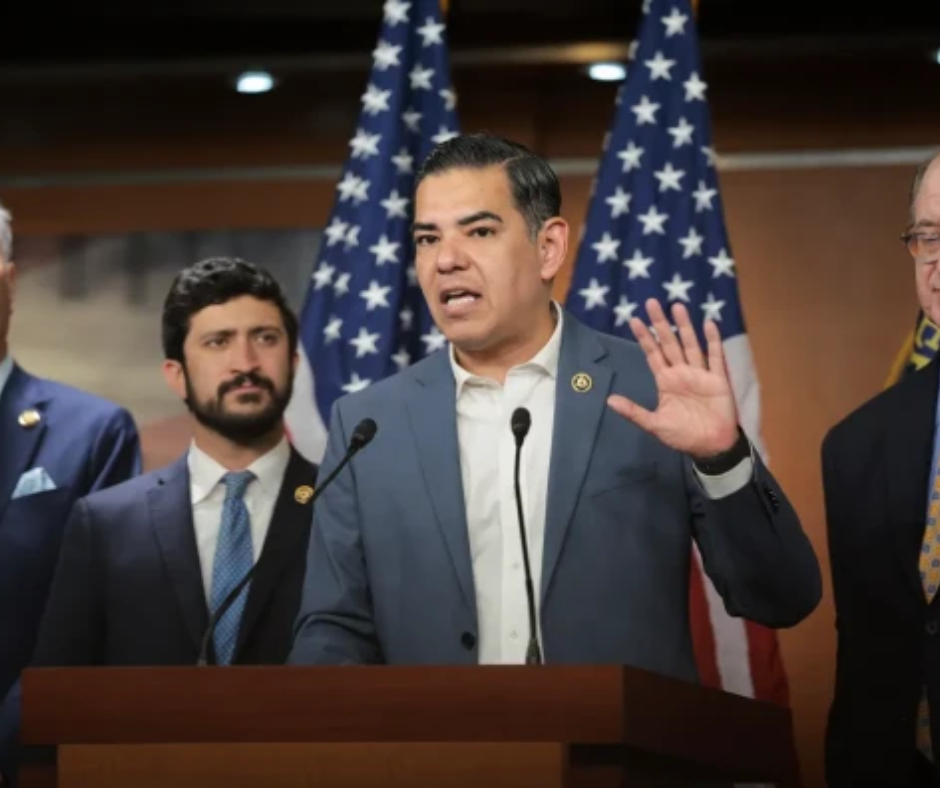
The American Revolution (1775–1783) was a transformative conflict in which thirteen British colonies in North America broke free from imperial rule to form the United States. Sparked by mounting tensions over taxation, representation, and governance, the struggle combined fierce battles, political vision, and international alliances. From the first shots at Lexington and Concord to the decisive victory at Yorktown, it reshaped global politics. Culminating in the Treaty of Paris, the Revolution not only secured independence but also inspired democratic movements worldwide, redefining the principles of liberty and self-government.
1775 — THE SPARK THAT IGNITED AN EMPIRE
Lexington & Concord, April 19:
Tensions had been simmering for years—tea tossed into Boston Harbor, taxes without representation, and British troops strolling the colonies like they owned the place. Then came the British plan to seize colonial stockpiles of arms. At Lexington, someone—history still debates who—fired the first shot. In Concord, militia men made sure the Redcoats got the message: The colonies were armed, and they were done playing nice.
Bunker Hill, June 17:
Colonial troops dug in on Breed’s Hill (because “Bunker Hill” just sounded cooler later). Despite losing the hill, they inflicted heavy casualties—proving the British weren’t the only ones who could stand their ground. The Redcoats had the land, but the rebels had the morale.
Olive Branch Petition, July:
In a last attempt at peace, Congress sent a polite “let’s talk” note to King George III. His Majesty reportedly didn’t even read it before declaring the colonies in open rebellion. That was that.
1776 — DECLARATIONS AND DARING MOVES
January:
Thomas Paine’s Common Sense sold over 100,000 copies in mere months—a publishing miracle in the 18th century. It boldly argued for complete independence, making the idea not just possible but popular.
July 4:
In Philadelphia, 56 delegates signed the Declaration of Independence, authored largely by Thomas Jefferson. They accused the King of being a tyrant, dissolved all allegiance to Britain, and announced to the world that America was free. Cue fireworks (eventually).
Summer–Autumn Campaigns:
Washington faced crushing defeats in New York, retreating across New Jersey. Morale was sinking faster than a leaky ship—until Christmas night, when Washington’s army crossed the icy Delaware River. The surprise attack on Trenton’s Hessian garrison on December 26 was a decisive morale booster, followed by another win at Princeton in January 1777.
1777–1778 — THE TURNING TIDE
Saratoga, October 1777:
British General John Burgoyne marched down from Canada expecting reinforcements that never came. American forces under Horatio Gates and Benedict Arnold (still a hero at this point) handed Britain a major defeat. This convinced France that America could actually win—and King Louis XVI signed a formal alliance in 1778, bringing ships, soldiers, and money.
Valley Forge Winter, 1777–1778:
It wasn’t all victories—Washington’s army suffered brutal cold, hunger, and disease. Yet under Prussian officer Baron von Steuben, the army learned discipline, formations, and how to be a professional fighting force. Come spring, the Continental Army was sharper than ever.
1779–1781 — GLOBAL WAR, FINAL BLOWS
War Spreads Overseas:
France wasn’t alone—Spain and the Dutch Republic joined in against Britain. Suddenly the British Empire was fighting on multiple continents, stretching resources thin.
John Paul Jones at Sea:
In 1779, naval captain John Paul Jones, commanding the Bonhomme Richard, engaged the HMS Serapis. When asked to surrender, he famously shouted, “I have not yet begun to fight!”—and then proceeded to win.
Southern Campaigns:
The war moved south, with British forces capturing Savannah (1778) and Charleston (1780). But American guerilla fighters like Francis Marion, the “Swamp Fox,” harassed British supply lines, proving the south wasn’t theirs to keep.
Yorktown, October 1781:
In the war’s decisive moment, Washington marched south, coordinating with French General Rochambeau and Admiral de Grasse’s fleet. Cornwallis, trapped by land and sea, surrendered on October 19. The British band played “The World Turned Upside Down,” and the war’s fate was sealed.
1783 — INK ON PAPER, A NEW NATION BORN
Treaty of Paris, September 3:
Two years of negotiation finally ended with Britain recognizing the United States as free and independent. The treaty set boundaries from the Atlantic to the Mississippi River and granted fishing rights off Newfoundland. Britain got to keep Canada, but the colonies had their independence.
AFTERMATH — AMERICA TAKES ITS FIRST STEPS
The Revolution didn’t just topple a king’s authority—it rewrote the idea of government. Inspired by Enlightenment ideals, the United States began its messy experiment with democracy, drafting the Articles of Confederation and later the Constitution.
The war also left deep complexities:
-
For enslaved people: Freedom was promised to some who fought for either side, but many remained in bondage.
-
For Native Americans: Many had sided with the British, fearing colonial expansion—fears that unfortunately proved justified.
-
For women: They played critical wartime roles as spies, nurses, and organizers, but political rights were still decades away.
FINAL WORD FROM THE EDITORIAL DESK:
The American Revolution wasn’t won overnight—it was an eight-year game of persistence, strategy, and sheer willpower, fought on muddy roads, frozen rivers, and storm-tossed seas. It turned thirteen colonies into a nation and set a precedent that empires can be challenged—and beaten—by ordinary people with extraordinary resolve.
The American Revolution (1775–1783) was far more than a colonial rebellion—it was a bold gamble that redefined the meaning of freedom and governance. Over eight years, farmers, merchants, and tradesmen stood against the world’s strongest empire, driven by a vision of self-rule and equality. From the gunfire at Lexington to the surrender at Yorktown, each battle tested the colonies’ endurance, unity, and resolve. With the Treaty of Paris, a new nation stepped onto the global stage, its ideals echoing across continents. The Revolution proved that determination, strategy, and belief in a cause could overturn the most powerful throne in the world.
Appreciating your time:
We appreciate you taking the time to read our most recent article! We appreciate your opinions and would be delighted to hear them. We value your opinions as we work hard to make improvements and deliver material that you find interesting.
Post a Comment:
In the space provided for comments below, please share your ideas, opinions, and suggestions. We can better understand your interests thanks to your input, which also guarantees that the material we offer will appeal to you. Get in Direct Contact with Us: Please use our “Contact Us” form if you would like to speak with us or if you have any special questions. We are open to questions, collaborations, and, of course, criticism. To fill out our contact form, click this link.
Stay Connected:
Don’t miss out on future updates and articles.







